It’s unsurprising with the glitz and glamour of fast fashion, but Americans are consuming more than they ever have before. The volume of clothing that we now throw away in the United States has doubled in the last 20 years from 7 million to 14 million tons or approximately 80 pounds per person per year. More and more, the media and major retailers have been jumping on the bandwagon to offering sustainable fashion. From closed-loop options to sourced organic ingredients and even second-hand clothing trends, it’s easier than ever to make sure your choices regarding your personal wardrobe are not only stylish but ethical. But while you’re searching for more sustainable clothing choices, we encourage you to look (much like you do with food) towards that “ingredient list”. AKA—what the heck is in this thing? We’ve picked the most eco-friendly fabrics for your next shopping trip, as well as highlighted a list of fabrics to avoid.
The Most Eco-Friendly Fabrics
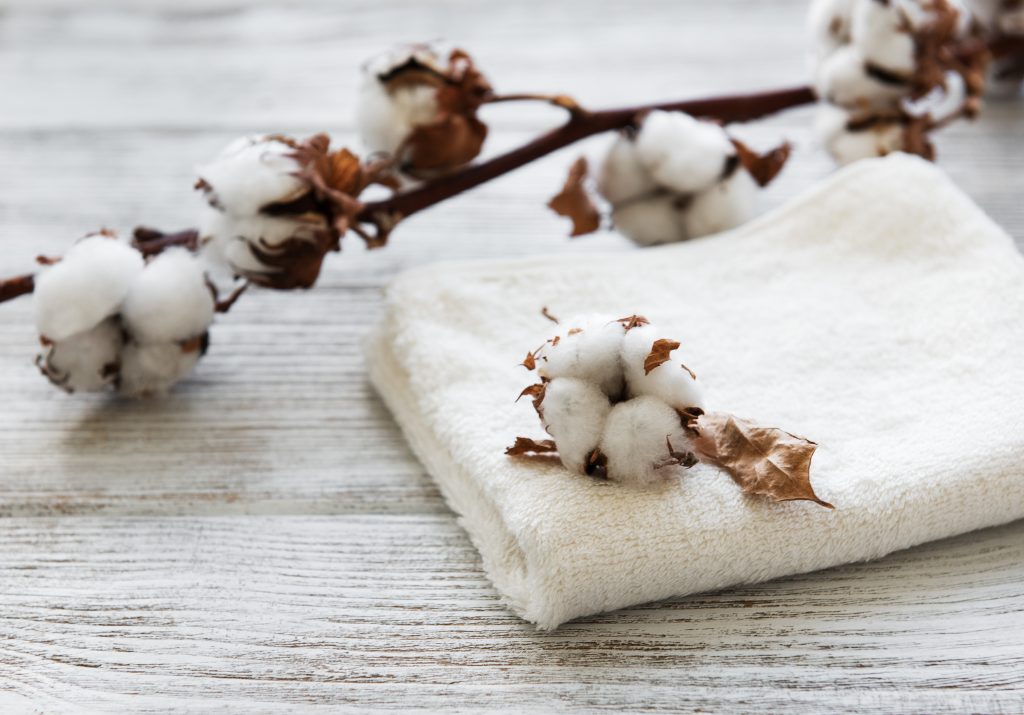
Organic Cotton
Ahh… cotton. The fabric that literally breathes! But what makes organic cotton so much better than it’s conventionally sourced counterpart? The methods used to grow and produce it, of course! Organic cotton is grown in a way that uses methods and materials that lessen the impact on our environment. Organic growing systems strive to create a farming environment that replenishes and maintains soil fertility while also building biologically diverse agriculture. Organic cotton uses far less water too—nearly 700 gallons for a T-shirt. Plus, pesticides galore are used on conventional cotton crops. A staggering 5% of the world’s pesticides are used in conventional cotton production (which, in our opinion, is not something we want near our skin).
Organic cotton is grown without toxic, synthetic chemical inputs which protects both you and the environment. When you’re shopping, make sure to look for natural dyes or colored cotton to further reduce the amount of chemicals dumped into our ecosystem. And if you’re interested in organic cotton facemasks (so synthetic materials are not breathed in all day), Naturepedic has a wonderful option.
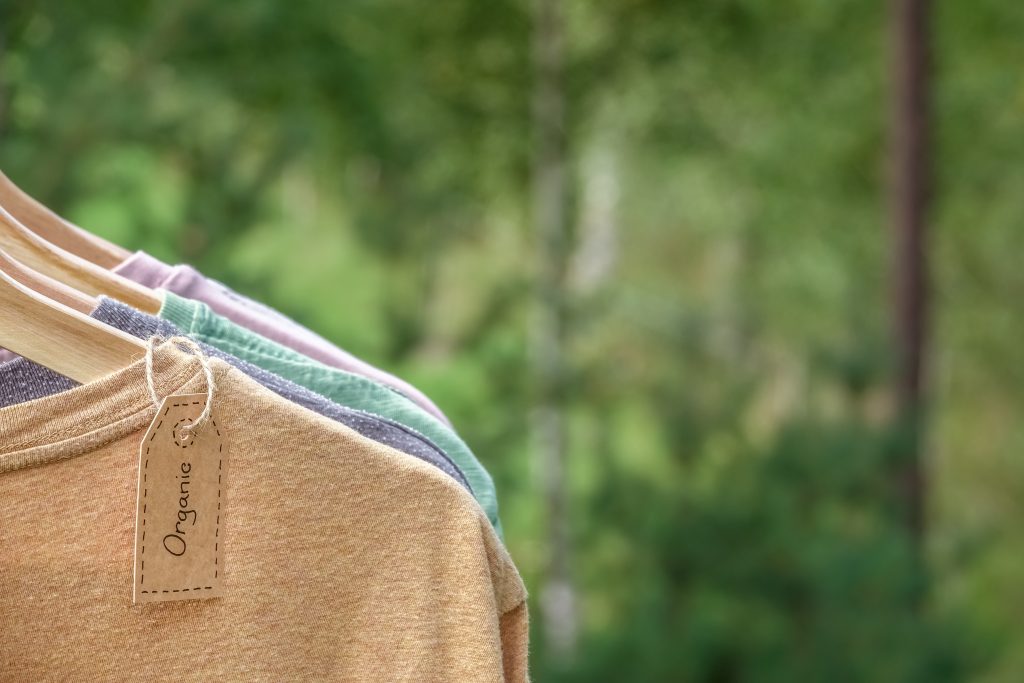
Hemp
Ok, we get it. Hemp might seem like a hippie-dippie way to get dressed in the morning, but hemp has come a long, long way since the 60’s! Hemp is literally one of the most versatile plants on the planet and is the only plant that can feed you, clothe you, create a home for you, and provide you with natural beauty products. Which, in our opinion, is pretty cool!
Hemp does not require a lot of water, grows rapidly, needs minimal chemicals to sustain growth, does not deplete the nutrients of the soil, and is easy to harvest. Plus, its breathable, warm, moisture wicking, antibacterial, and gets softer as you wear it. It’s also biodegradable, which is a plus as many fabrics still are sitting in landfills. And trust us, the things clothing companies are doing with hemp are as fashionable as they are sustainable, making it one of the most eco-friendly fabrics!!

Linen
There’s nothing better on a hot summer day than a pair of linen pants or a dress. That’s why people have loved linen for years: it’s breathable, durable, lightweight, absorbent, antimicrobial, moth-resistant, and cool (as in it lowers your body temperature in summer, as opposed to cotton).
Linen is one of the most biodegradable and stylish fabrics in fashion history and can withstand high temperatures. Flax, the plant from which linen is made, is also extremely versatile. According to the European Confederation of Linen and Hemp, “Across its lifecycle, a linen shirt uses 6.4 liters of water” compared to 2,700 liters for a cotton shirt.
The United Nations Food and Agriculture Organization also states that flax uses 13 times less pesticides than potatoes… which is awesome to think about (but scary regarding potential French-fry consumption!).
Dyes with linen can be problematic (some companies do not use organic) so sticking with neutral tones is best when buying your linen. And yes, linen wrinkles. We know that vigilance with the iron is key when it comes to our favorite linen items. But sometimes… we think it’s just as ok to embrace the crumpled look. Confidence is it’s own form of fashion too!
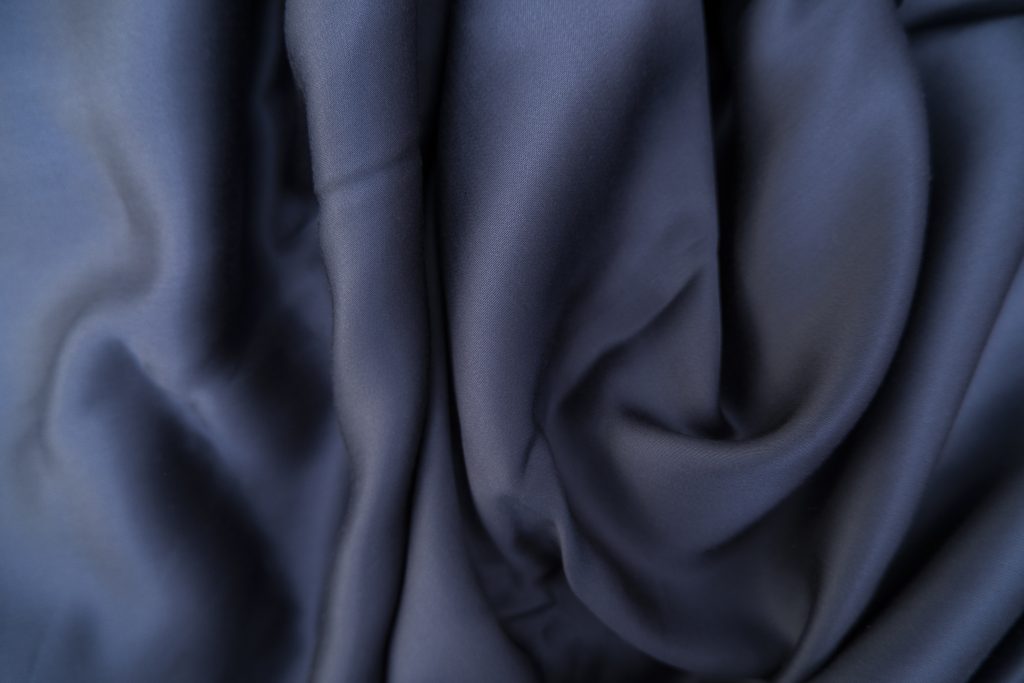
Recycled Options, and Futuristic and Innovative Fabrics
While there is something to be said about using recycled polyester v. new polyester, it is still made originally from petrochemicals which can be harmful to the body. And while there are still many trendy companies taking recycled bottles and making them into new and exciting products to ensure many single-use plastic items don’t go directly into landfills, there are still many unknowns around this process and how much more sustainable it truly is for the environment.
Regarding futuristic fabrics and innovations, like TENCEL®, Piñatex, or ECONYL®, there is still much to be researched and looked into before we can fully recommend them as sustainable options.
The Least Eco-Friendly Fabrics
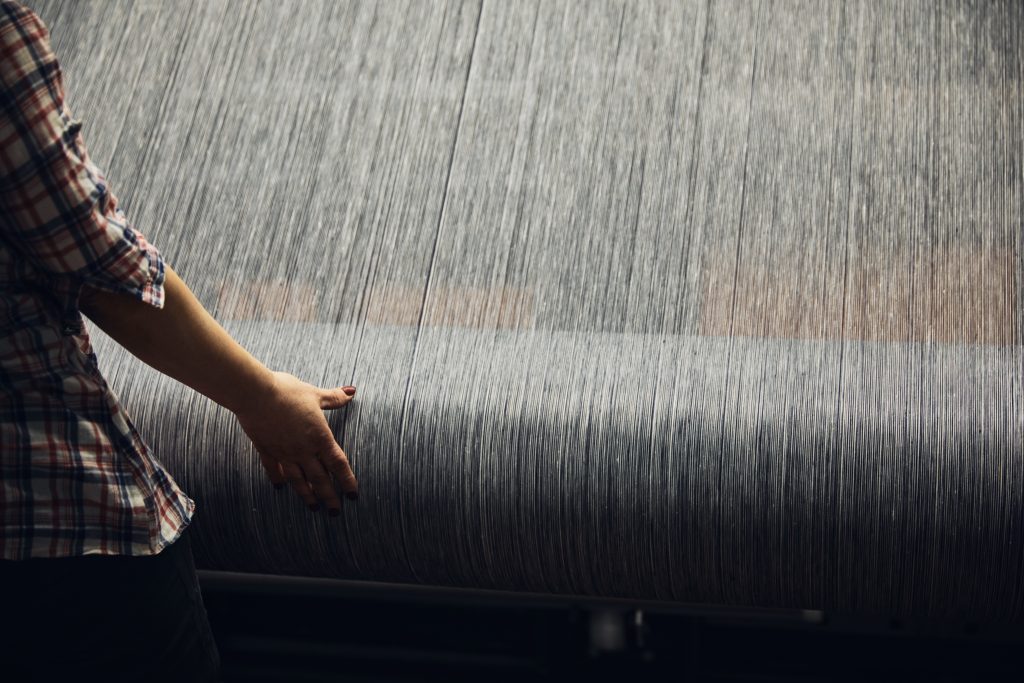
Polyester
You might have already heard the news, but polyester should be a no-go in your closet. It’s basically a type of plastic that’s cheap to produce, 0% natural, and is filled with chemicals like thermoplastic. A petroleum by-product, alcohol and carboxyl acid are mixed to form a compound which is pulled into long fibers when hot. Sounds super comfy right? Wrong. That’s why so many polyester products are mixed with things like conventional cotton—to make them softer. Cotton-poly blend? Chemicals + plastic blend. Yum.
Not only is polyester very harmful for people, but also it is dangerous for the environment. It’s hard to recycle, and it can take up to 200 years to biodegrade. Also, its production disposes toxins in the water and emits lots of pollutants in the air. Something we think should be avoided if at all possible.
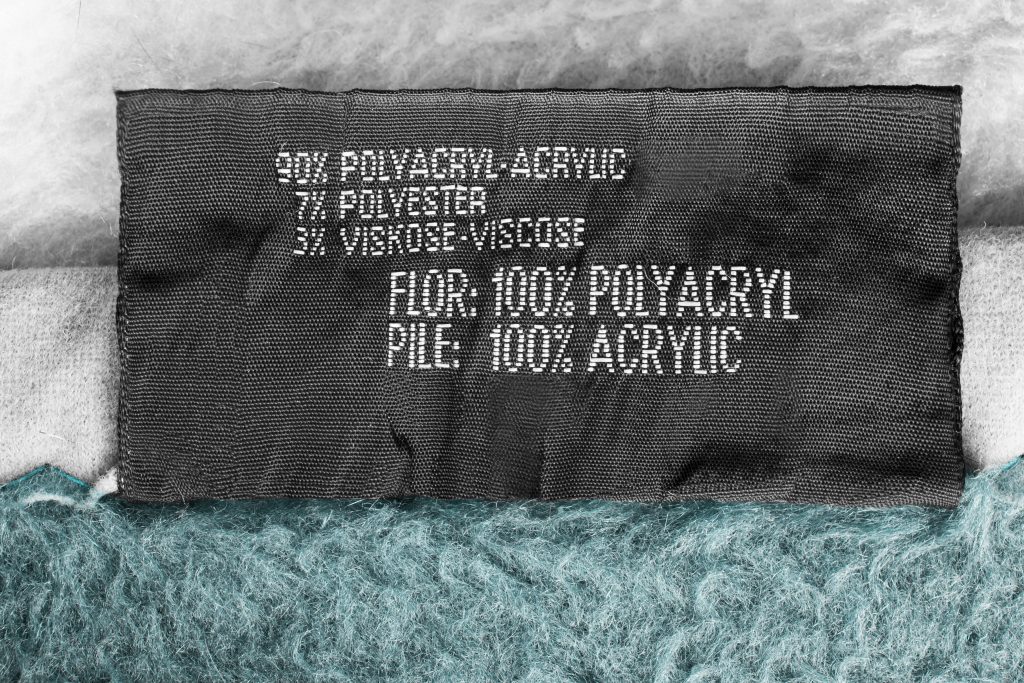
Acrylic
Acrylics are also terrible for your skin and the environment. Acrylic fabrics are made of acrylonitrile, which is a carcinogen. Exposure to this substance can cause many health problems like headaches, nausea, dizziness, difficulty breathing, limb weakness, and many more. By wearing acrylic fabrics, you run the risk of absorbing some of the acrylonitrile into your skin.
Want to recycle acrylic? Well, it’s not easy! Among recycled plastics, it is considered as a Group 7 plastic and mostly not collected for recycling. It is possible to form large pieces into useful objects in case they have not suffered crazing, stress, or cracking. These are not readily biodegradable. So avoiding fabrics like this is key.
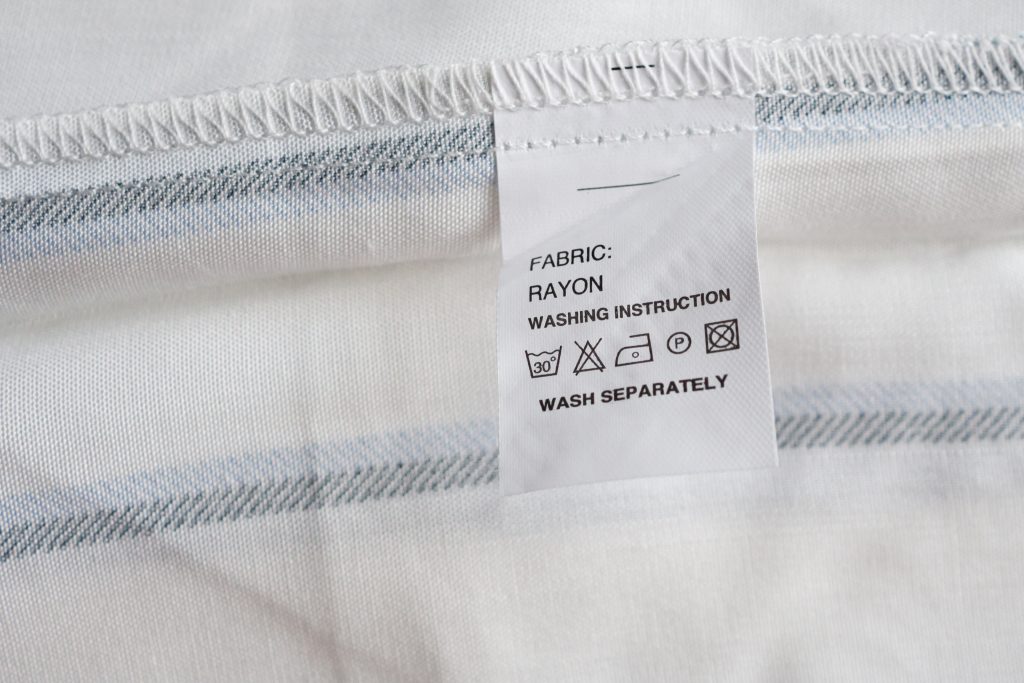
Rayon
Rayon is a fiber that is made from cellulose that is chemically converted from wood pulp. Rayon fabric can emit toxic substances that can cause nausea, headaches, vomiting, chest and muscle pain, and insomnia. In addition to all that, its production is heavily polluting the environment. Also disturbing is the fact that rayon/cotton blends are found in many feminine hygiene products like tampons, which could cause repeated exposure to dioxins which can cause long-term harm.
Hint: check the label on all of your products, not just your clothes!
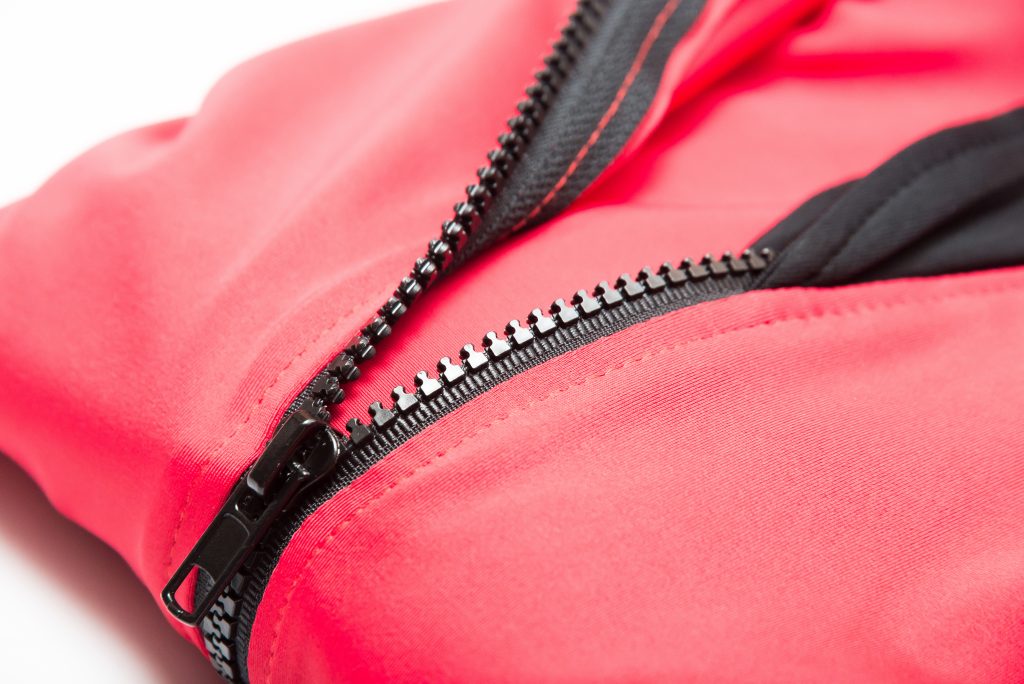
Nylon
Finally, nylon. It’s made from petroleum and is often given a permanent chemical finish like as bleaching agents and synthetic dyes. Nylon does not absorb moisture so sweat is trapped against your skin, which creates a breeding ground for odor and other infections like fungal infections. Such things have been linked to immune problems, skin issues and cancer to name only a few.
Due to technical challenges that are common to nylon recycling, there are relatively few recycling facilities that accept nylon. Being that the process to recycle most items such as glass and metal require melting them at a very high temperature, nylon does not tolerate high heat well. You might think that is a good thing for recycling, but much of this high heat process is used to kill pathogens like bacteria that might have attached to the nylon in the process, and the heat levels are not high enough to kill the pathogens while keeping the integrity of the nylon intact. Which is why this fabric usually ends up in a landfill.
While we know it’s challenging, we encourage you to take steps to make your closet a little more eco-friendly, safer, and more sustainable.
 Food
Food Farmers
Farmers Sustainable Living
Sustainable Living Living Planet
Living Planet News
News